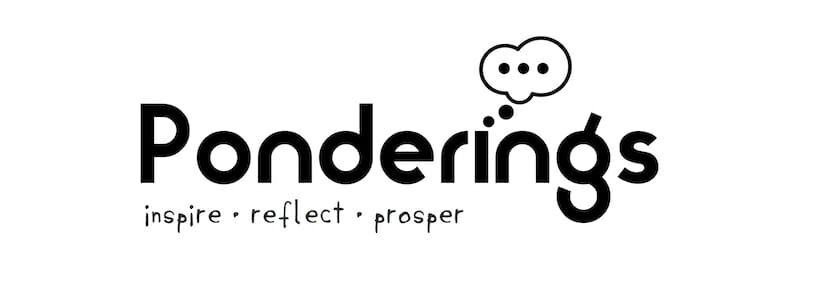Written by Melissa Griffiths
Could you imagine going to a workplace that wasn’t toxic? Yes, they do exist.
According to The Barometer Project: “findings show that depression costs Australian employers approximately AUD$8 billion per annum as a result of sickness absence and presenteeism and AUD$693 million per annum of this is due to job strain and bullying.
A prominent finding is that the cost is mostly due to workers showing mild symptoms of depression as they take twice as many sick days as those who do not show any symptoms of depression at all.
The results further suggest that potentially AUD$ 17.84 billion in costs to the employer could be saved if the mental wellbeing of the 25 per cent least psychologically healthy working Australians could be raised to the level of the 25 per cent most psychologically healthy workers.”
So what are some of the factors contributing? Let’s take a look at some signs in what is a very serious problem for Australians.

Here are five signs that you might be in a toxic workplace, plus some short and long term solutions.
- Hierarchy. Believe it or not, modern workplaces were constructed after the Industrial Revolution, designed mainly by men. They were built like pyramids, with a clear leader at the top and many minions at the bottom. Obvious power imbalances lead to power games, which occur at the expense of people within the organisation.
2. Futility. Toxic workplaces are NOT productive. When employees are unproductive, they feel any attempt at work is futile. Then they start to focus on other things, including gossip
in the lunchroom about their new colleague whose hair is purple. Naturally, if this person overhears the gossip, they will feel excluded. Which leads to my next point…
- Circularity. When people feel excluded, they become even more unproductive. I mean, who wants to work in this kind of environment…? They end up doing the bare minimum, taking sick leave, and withdrawing from their colleagues. If this dysfunction in the workplace is ignored – or even tolerated – by management, it becomes a vicious circle.
- Expectations. When managers are under heightened pressure, expectations change. Jobs are lost, hours are cut, and sometimes unrealistic expectations are placed on staff. Often, workers are pushed to ‘go the extra mile’, and personal circumstances – particularly for those in marginalised communities – are not taken into account.
- Bullying. The clearest sign of a toxic workplace is serial bullying and harassment by those in positions of power. The culture certainly comes from the top. If HR is covering up this behaviour, it simply flourishes.
So, what are the solutions?
Well, there are some measures which can be taken to mitigate this, such as ensuring there is proper education about different people’s behaviour patterns, effective communication, understanding mental health issues, diversity and inclusion, and leadership skills.
Also, you need the right people in the right positions if you have a hierarchical structure.
There needs to be an environment of openness and trust, where people know that their concerns are heard and acted upon instead of being ignored.
You can do this by going through either internal Human Resources or contacting an external consultant to facilitate training.
Building an environment where people are valued creates positive change for all.
Where you need consulting or training about constructing a positive work environment – including around diversity and inclusion – reach out to me and let’s see how we can work together.

Melissa Griffiths
Transgender Advocate & Workplace Relations Expert
Melissa Griffiths is a transgender authority and advocate who lives in Melbourne. Melissa is a consultant to businesses about how to deal with a transgender people transitioning in their workplace and also on diversity and inclusion. Melissa is also a highly sought after speaker for events and conferences.
Check out her details and other wonderful aspects to her porfolio of experience Here.
Related Articles
The Dynamic Scarce Sisters Serving Up Canine Health with a Side of Humour
We ponder with Alana and Michele Scarce, sisters who infuse every endeavour with their infectious energy, spirited leadership, and humour. The founders of Raw Pawz spill the tea!
Warren Davies; An Unbreakable Journey Beyond the Back Paddock
We ponder with Warren Davies, known as ‘The Unbreakable Farmer’, an icon of rural mental health in Australia.
Love’s Alchemy: Transforming Rustic Barn into Dream Weavers’ Atelier
In the enchanting realm of Wallington, there exists a story of love that transcends mere emotion. It’s a tale woven into the fabric of an abode that’s more than a venue – The Barn Wallington.

Subscribe For Updates & Offers
Support our mission to write and produce Positive Stortelling, it takes a tribe to build one.






